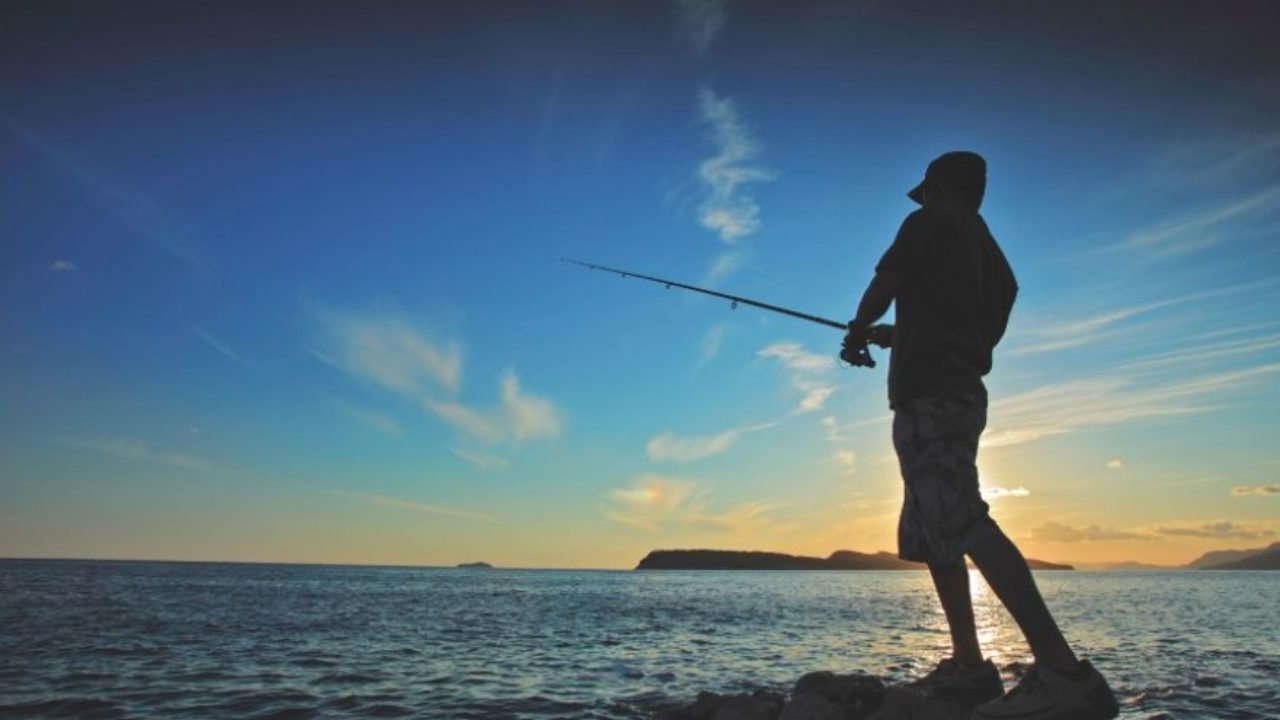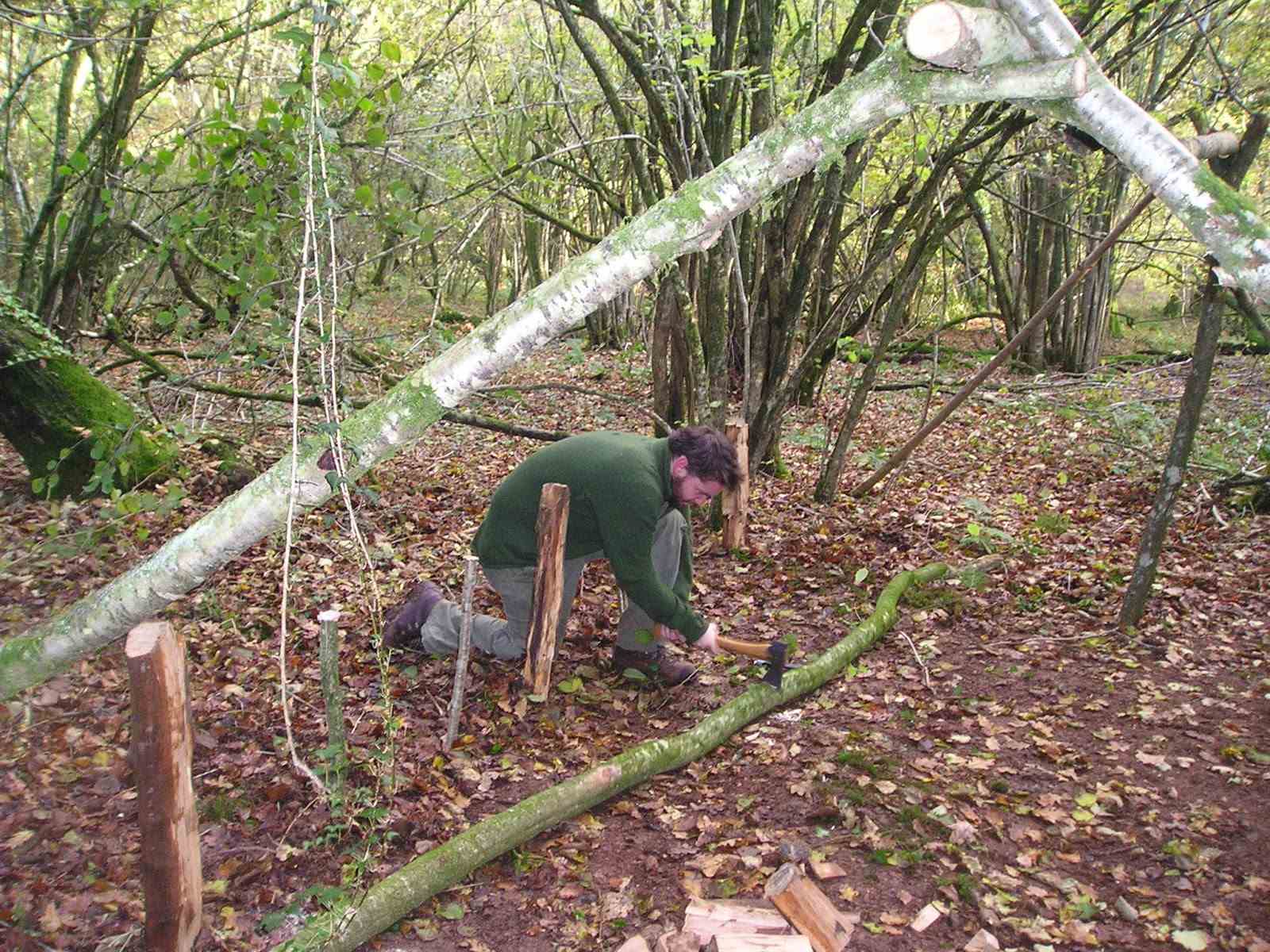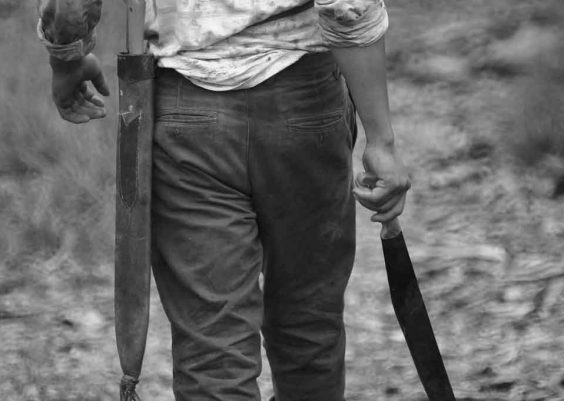Fishing is a gear-first sport. If you have been fishing for a while, it might be time to pull your fishing kit out of the garage for repairs, replacement, and improvement. If you plan to go fishing for the first time, you need to pool your resources, do some research and figure out what you might need on your fishing checklist. Mainly depending on the type of fishing you are planning on there is a lot of equipment that you might need.
To find specialized items, you have to find a local tackle store and make some inquiries. Fishing is a great way to relax and catch up with old friends, or it can calm your mind after a rough week of work. The contents of your tackle box depend on your personal preference and on the type of fish you are angling to catch. However, the following tools are crucial to a successful fishing trip.
Contents
Extra fishing lines
It is almost guaranteed that your fishing line will break or get tangled up in the course of your fishing trip. It might be because of getting a bite from the legendary monster fish that lurks in the depths of the old fishing hole, or your line might just get caught on a log.
Therefore, it is always a great idea to have some extra lines in your tackle box. The line you use affects where you will fish and what kind of fish you will be fishing for. You will need a heavier and more durable line if you are feeling in rough conditions to reduce the chances of snapping. Likewise, if you are fishing in calm waters where stealth is essential, choose a thin, precise line to take out the fish.
Bobbers
Bobbers are also known as floaters and are vital in helping you know when you are getting bites from fish, the bobber sinks when a fish gets a taste. You know you are ready to reel your catch in as soon as it happens. There is a wide array of bobbers in the market for you to choose from. However, most people are familiar with the round red and white plastic ones.
The round bobbers are great because you have to clip them to the line for attachment, but they also limit how deep you can cast your line. In this case, you will need a slip bobber. Slip bobbers let you slide them up and down the line. Although they may take more time to rig, you will find the extra effort worthwhile because it helps you get your hook into deeper water.
Lures
Although the old hook and line should be enough for most of your fishing needs, you will sometimes want to use some of the more complex lures to improve your sport. There are many fishing lures, such as minnow imitations, spinners and spoons, and topwater lures to choose from. Each kind of lure is specifically designed to behave in a particular manner in water to attract fish.
You will discover that minnow imitations are lures that resemble small swimming minnows. Since many medium and large-sized fish like to feed on minnows, it can be an effective lure. Spinners always have a blade attached to them that creates a spinning motion to attract fish. However, the type of lure you choose to use depends on your personal preference. Research and find out what works best for you and ensure that you keep a few extras in your box.
Extra hooks
Make sure that you stock your tackle box with a variety of hooks so that you are ready for any fish. Some people tend to stick with the traditional J-hook, while many fishers prefer the French hook. Ensure you have a fishing hook remover in different sizes regardless of the type you choose to carry. It is not wise to go fishing for river trout using a hook meant for a 130-pound catfish. You will find clips of various sizes ranging from the smallest at 32 to the largest at 19/0.
Sinkers
A hook and worm will not sink deep enough since they are too light. To compensate for the lightness, you need to attach a weight or sinker to your fishing rig. Although sinkers are traditionally made of lead, some states are starting to outlaw lead sinkers because of environmental reasons. However, other options for sinker materials such as tungsten, steel, bismuth, and brass are readily available in the market. It is always good to carry extra sinkers since many of them are lost during fishing expeditions.
Plastic worms
It is always great to have a package of plastic worms in your tackle box, especially if you are bass fishing. Although plastic worms are manufactured in various colors and sizes, the ones with long tails are probably the easiest to use. Some fishermen claim that certain plastic worms will increase the number of bites, but it is perhaps just a superstitious belief. However, if you have had luck with a particular color plastic worm, you might keep using it.
First aid kit
While you are fishing, minor injuries are bound to happen. Such damages may include falling, getting scrapped up, or getting a hook caught in your thumb. Therefore, it is vital to have a mall first aid kit on hand. A typical first aid kit should be equipped with a few small bandages, band-aids, Neosporin, and waterproof medical tape.
Sunscreen
When going fishing, you will most probably be out in the sun all day. To prevent skin cancer and keep your face from looking like an old catcher’s mitt, you need to slather on some sunscreen. Because you might forget to put it on before leaving the house, ensure you always have it in your tackle box.
With the above items in your tackle box, you will have everything you need to make your fishing trip successful and fun. Ensure that you check out special deals on products regularly to find products you can get at a discount. Do not forget to carry a digital camera since you might catch a picture-worthy fish. Cameras are better than cell phones because they allow you to set a timer and get into a position for a picture. Fishing is a fun activity for you and your family or friends.
Last Updated on July 13, 2021






